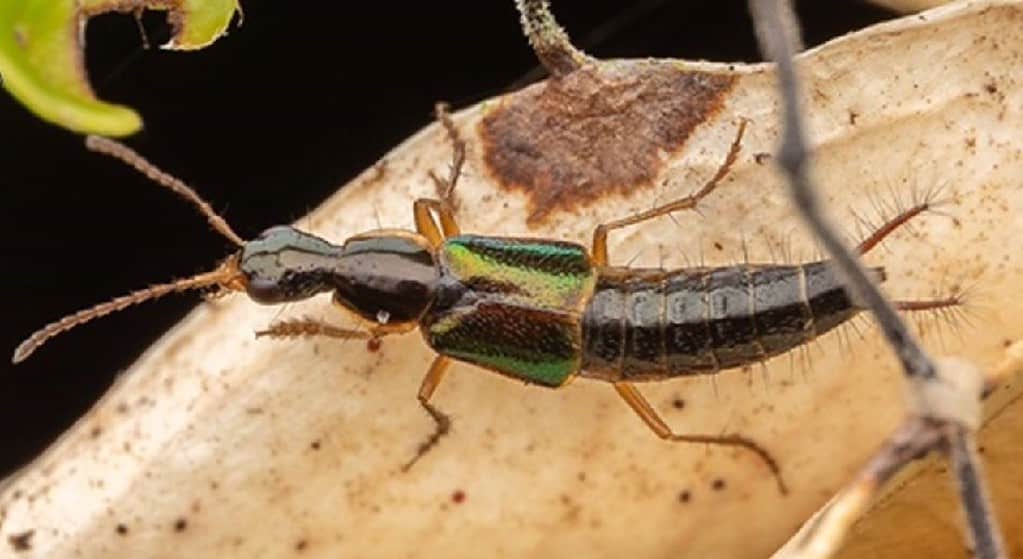If there’s one thing that’s useful to tell insects apart, it’s their genitalia. The organs evolve to be different in each species, which is why it’s one of the first things entomologists look for. Now, a team at the University of Copenhagen has found six new beetle species in South America, one with a particularly peculiar-shaped sexual organ.

Aslak Kappel Hansen and his colleagues have studied beetle specimens in the Natural History Museum of Denmark and other collections of the world. Curiously, they recently discovered new species from the rove beetle genus Loncovilius and named one of them Loncovilius carlsbergi after the beer company Carlsberg.
“This species is characterised, among other things, by the fact that the male’s sexual organ is shaped remarkably like a bottle opener,” Aslak Kappel Hansen said. The researchers don’t know why the penis of this beetle evolved as it did but hope that its discovery might spark a broader interest to protect insects amid a biodiversity crisis.
Under the radar
Measuring about one centimeter in length, Loncovilius beetles inhabit regions of Chile and Argentina, ranging from lowlands to elevations as high as 2600 meters. Unlike other predatory beetles with sticky bristles only on their front legs, all six legs of these beetles have such bristles — facilitating their capacity to adhere to surfaces.
In general, not that much is known about these insects, first named by entomologist Philibert Germain in 1903. Since they inhabit flowers, they hold a distinctive position within their family, setting them apart from the majority of predatory rove beetles, which typically reside on the ground amidst dead leaves, under bark, or on fungi.
“We suspect that they play an important role in the ecosystem. So, it’s worrying that nearly nothing is known about this type of beetle, especially when they’re so easy to spot,” Josh Jenkins Shaw, one of the study authors, said in a news release. “Unfortunately, we can easily lose species like these before they are ever discovered.”
In their study, the researchers did simulations that show at least three of the Loncovilius species are at risk because the rapidly changing climate will significantly change more than half of their habitat area by 2060. Even more species will be affected by this change, they said, but they don’t know exactly how many due to lack of data.
Biodiversity crisis
The rate of species extinction is accelerating, with as many as 150 species disappearing from the planet each day. This has been called the Sixth Mass Extinction. Simultaneously, most of the species, including those that are vanishing, continue to elude identification. As many as 85% of all species are not formally named or described.

The researchers hope that Loncovilius carlsbergi’s genitalia could spark increased interest in insects and raise awareness about the biodiversity crisis. After discovering the species, they developed a stainless-steel model of its sexual organ, which also functions as a bottle opener. They want to produce and sell it in the near future.
“It’s important that we recognise the vast wealth of yet to be researched species around us before it’s too late. We would like for people around the world to talk about the crisis facing our planet’s species. A move towards serious learning and awareness may be sparked by a light chat that takes place over a beer,” said Aslak Kappel Hansen.
The study was published in the Zoological Journal of the Linnean Society.






